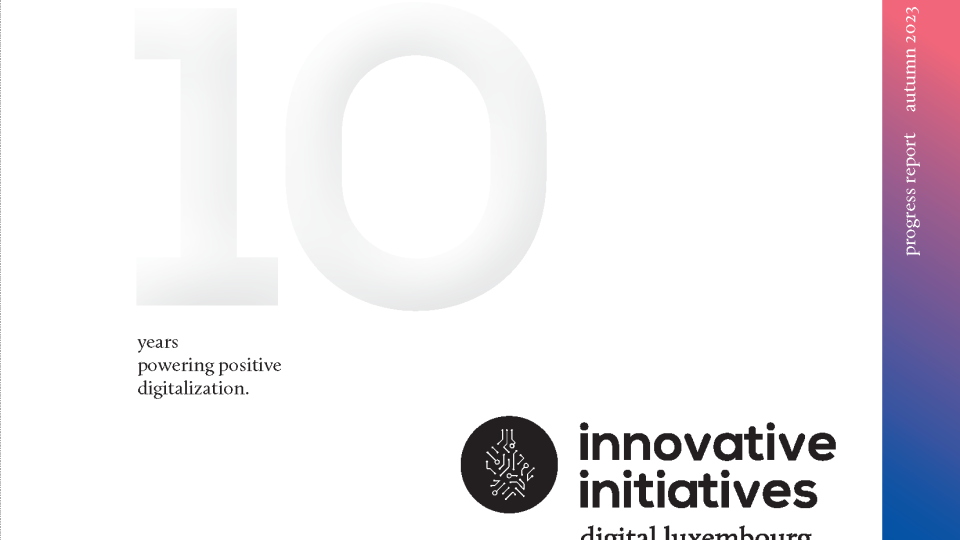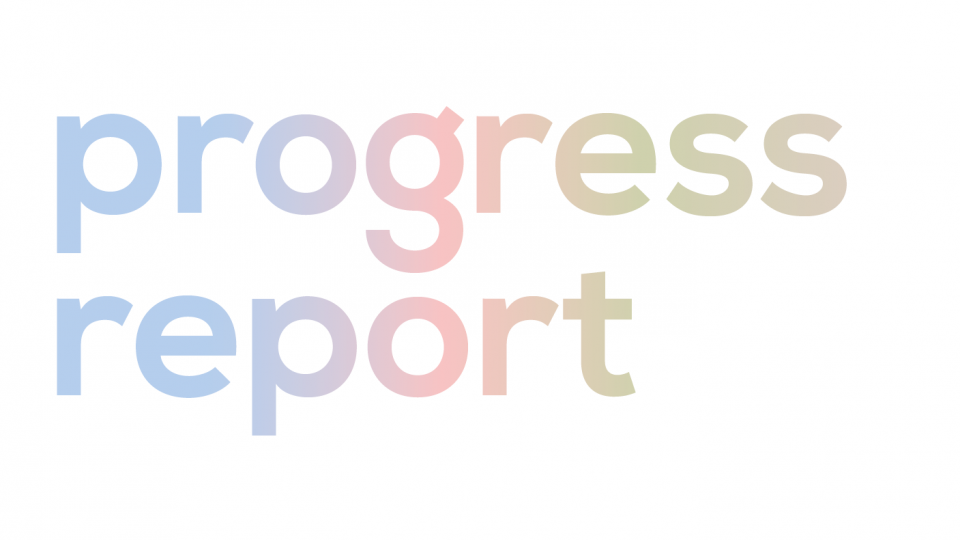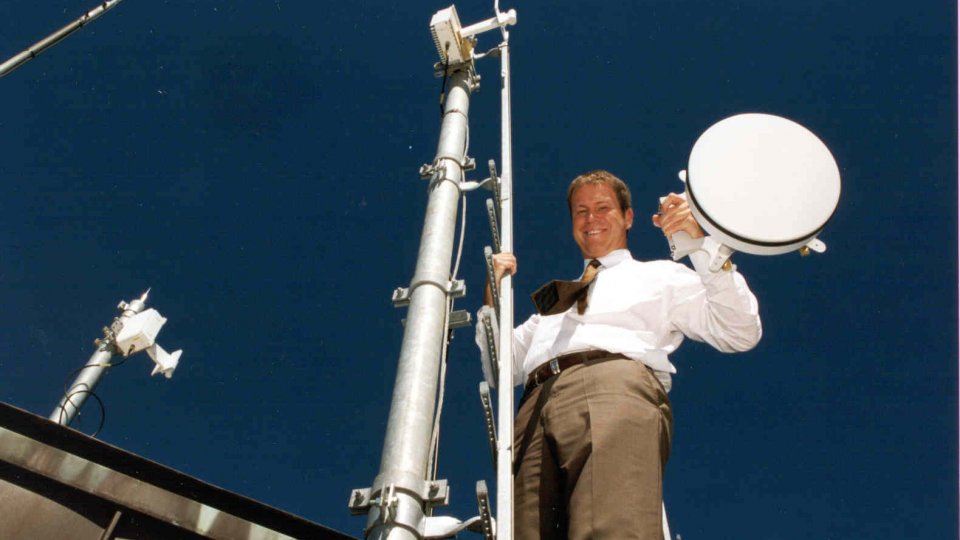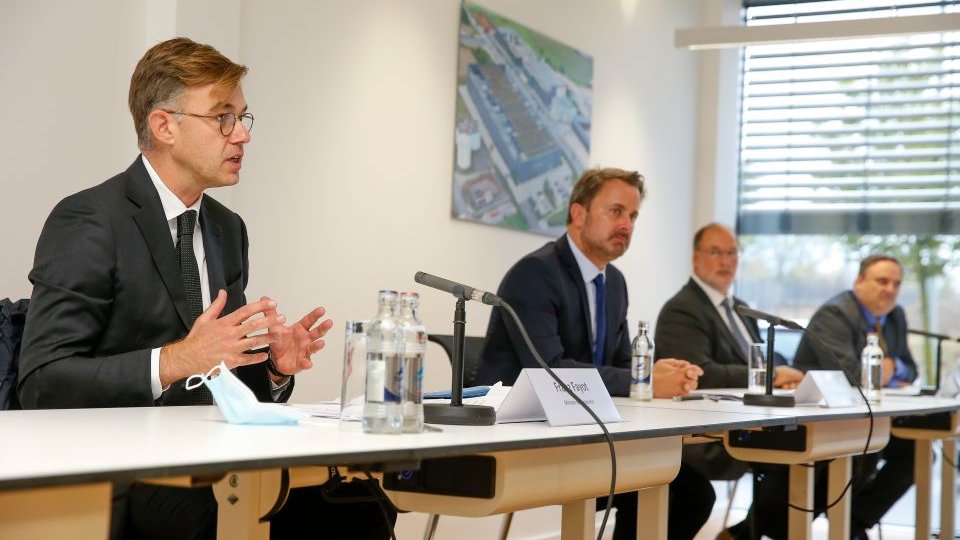The Digital Luxembourg working group on Infrastructures held its fifth meeting at the Château de Senningen on 16 September 2016. Open to all interested parties, the agenda announced discussions and updates on the latest global tech trends and the recent developments in Luxembourg.
More than 70 representents from sectorial associations and Luxembourg ICT and tech businesses joined the meeting, chaired by Pierre Goerens and Peter Sodermans from Digital Luxembourg.
5G as first topic on the agenda, Christophe Jung from POST Luxembourg described 5G as “the unifying connectivity fabric for the next decade and beyond”. Pierre Goerens drew attention to the recent 5G communication published by the European Commission calling for national 5G deployment roadmaps.
Younis Hijazi from Luxinnovation presented the bigger picture of the Internet of Things, the next calls from the European Commission and stressed the need for a holistic approach towards trends like 5G, Internet of Things and cloud. He also underlined the important commitment by Luxembourg stakeholders, and mentioned in this regard SES and their endorsement of the 5G Manifesto.
Max Gindt from the Media and Communications Department from the Ministry of State informed on “blockchain beyond virtual currencies” and the group had a lively discussion on how to put Luxembourg on the blockchain map. The “Fundchain” project, a consortium initiative based in Luxembourg and looking at blockchain-based technology destined for transfer agents in the Luxembourg fund industry, was also mentioned.
Denis Kiselev, CEO of Snapswap, said that “Luxembourg is a safe place having the unique advantage of a trusted worldwide financial center from where technology can ideally develop”, and noted the interesting work of the Luxembourg Cryptolux research team. He also pointed out an opportunity for Luxembourg to become a global hub for storing and processing digital identities, employing next generation of blockchain solutions.
Jean-Marie Spaus, the coordinator of the High performance computing (HPC) project at the ministry of the Economy, informed on Luxembourg’s engagement for HPC, with the ultimate goal of reaching a democratization of HPC applications, which today are still reserved for the big players. “We want to make sure that everyone has an equal and fair access to this facility”, he said.
Marc Kohll from ILR, the national regulator, presented the latest statistics on ultra high bandwidth development. In Luxembourg, 60% of households can already have 1 Gb/s download speed, the goal being to reach 100% coverage. Pierre Goerens added that there is a draft law before the Parliament which should facilitate the internal cabling in buildings with multiple flat owners.
Digital Luxembourg thanks everyone for their presence and useful input!







